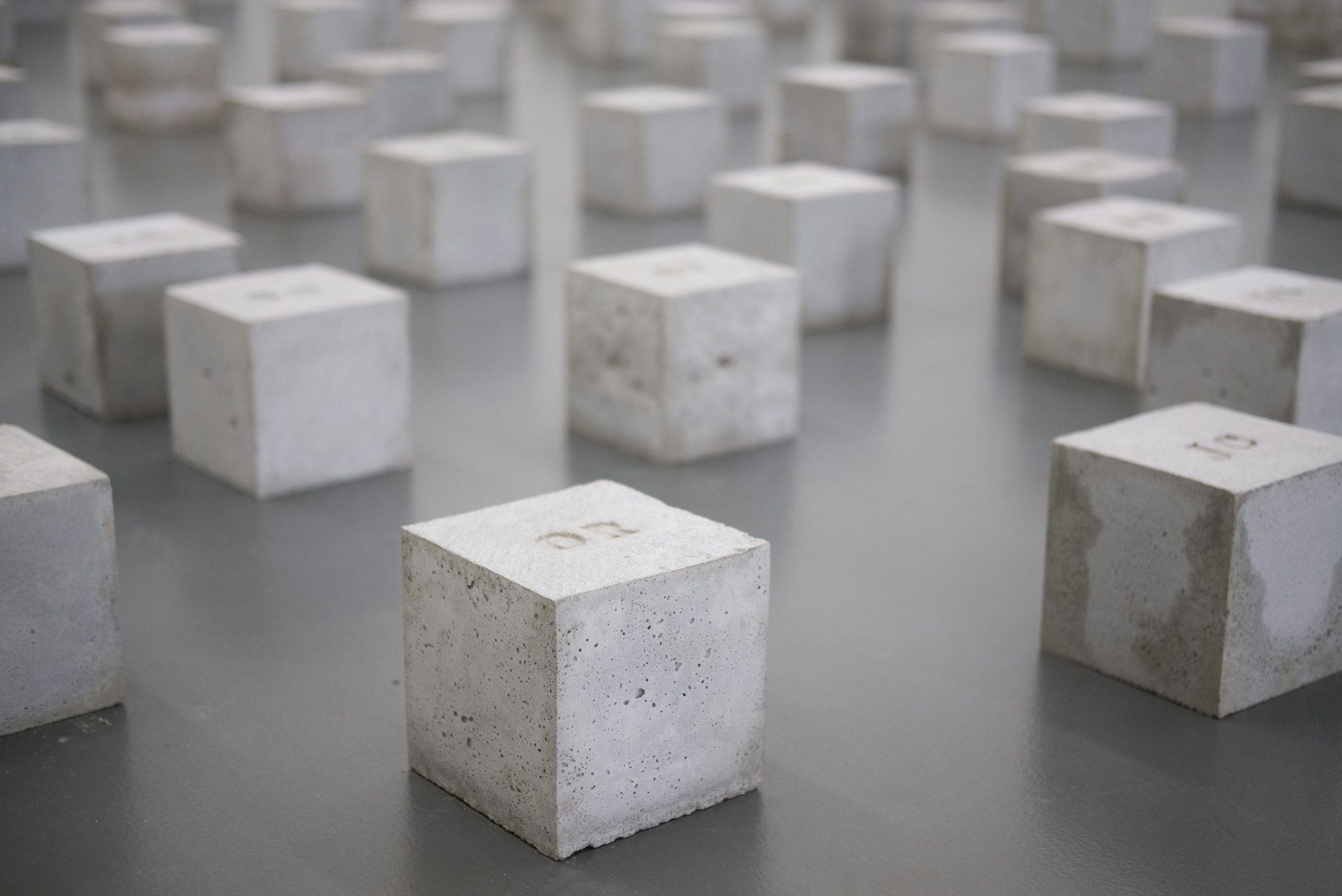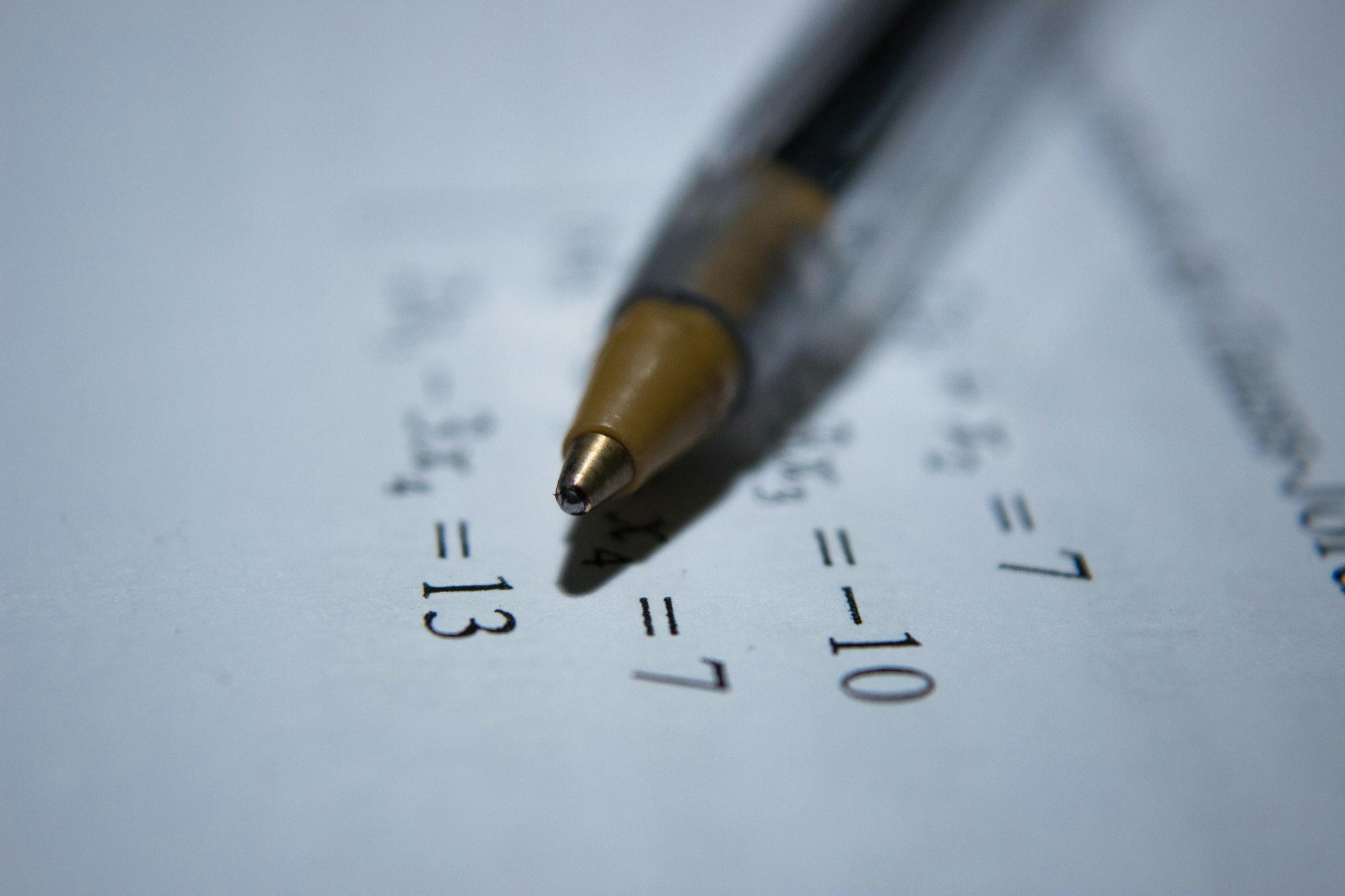About
This series explores the process I took of coming up with an algorithm to maximize my score in this game.

Series Posts
Solving Block Sudoku - Part 1
What is Block Sudoku?Block Sudoku is a game arranged like a traditional Sudoku board, and each“round”, you place 3 tetris-like blocks on the board. They can be anywhere onthe board as long as they don’t collide with an existing piece on the board. Anexample is below: But unlike Tetris, you ca…

Solving Block Sudoku - Part 2
Moving our game logic to an appSince my game was already programmed in Python, it was only natural that theplayable application part of it be programmed in Python as well. And so Idecided to give the python library Kivy a try. Not a fan of KivyOkay, I admit, I really did give it a try for a …

Solving Block Sudoku - Part 3
IntroductionIn my last post, I ported the Block Sudoku game to Javascript so I could usePhaser to develop a user-friendly playable version of the game. In this section,we’re going to go back to the python version and attempt to build it intoOpenAI’s gym environment. OpenAI provides a pretty dece…

Solving Block Sudoku - Part 4
This is the moment we’ve been working up towards. We’re finally going to buildan AI to try to play Block Sudoku. So disclaimer, I’m not an expert in this, somy resulting network will most likely be far from optimal. It honestly took me aweek or two of trial and error and debugging just to get the…

Solving Block Sudoku - Part 5
In the previous post, I tried to build a DQN to play the game with less thanstellar results. So in this post, I’m going to try to completely revise mystrategy to build a better way of solving Block Sudoku. Revising My ApproachA game will go from turn 0 to c where c marks the turn we get the game…


